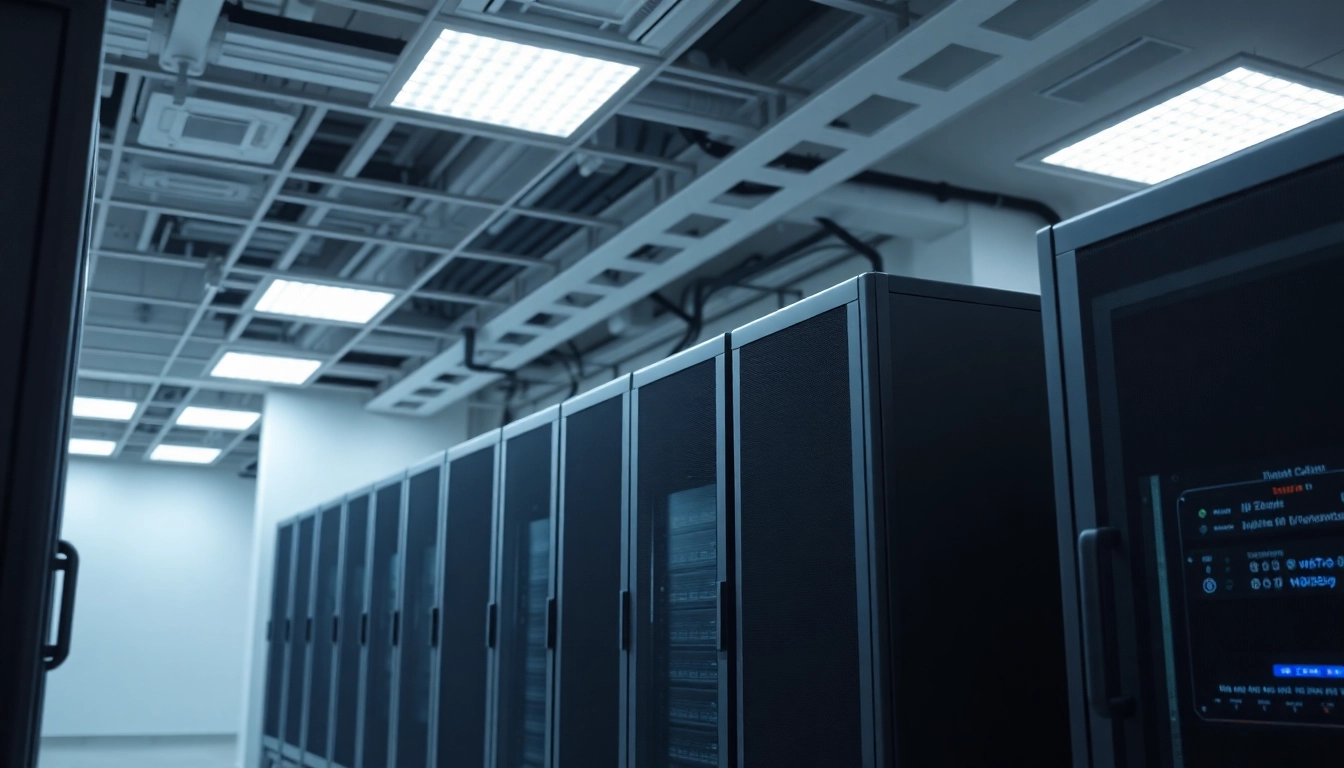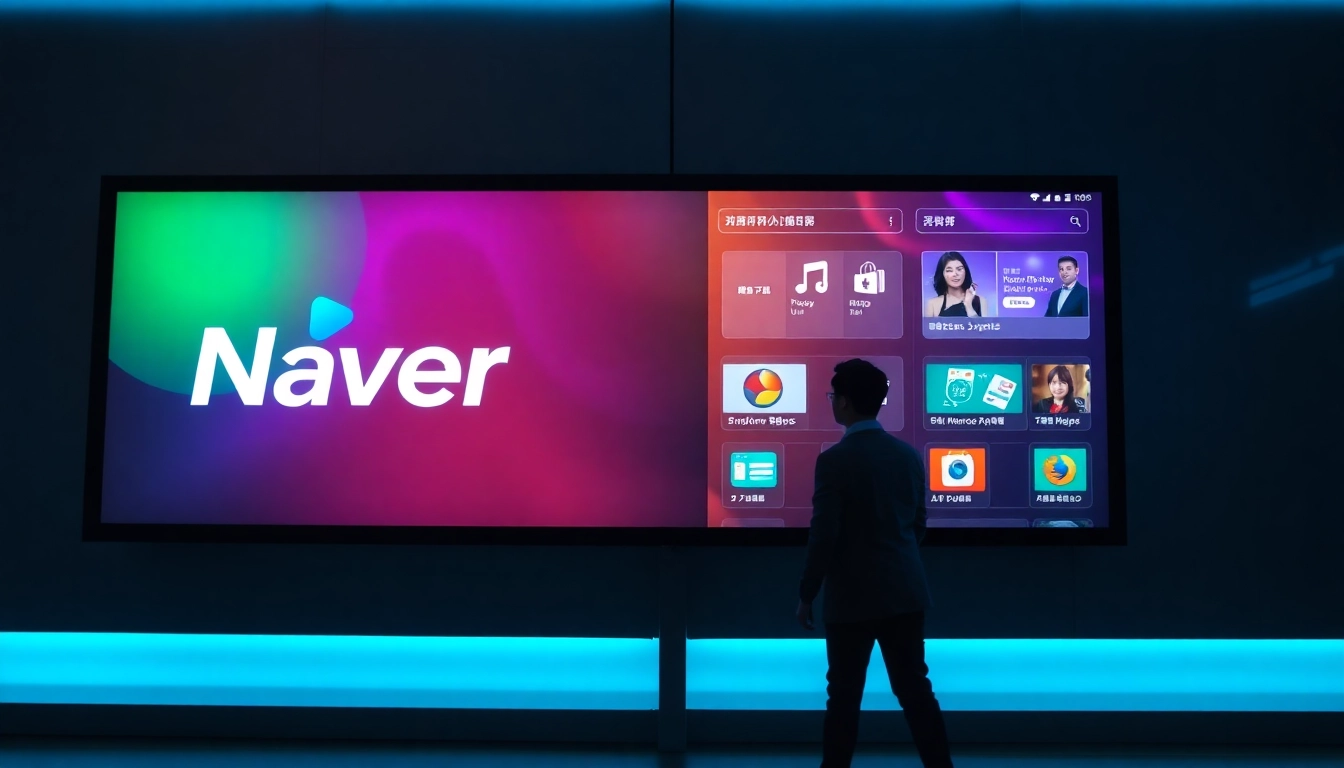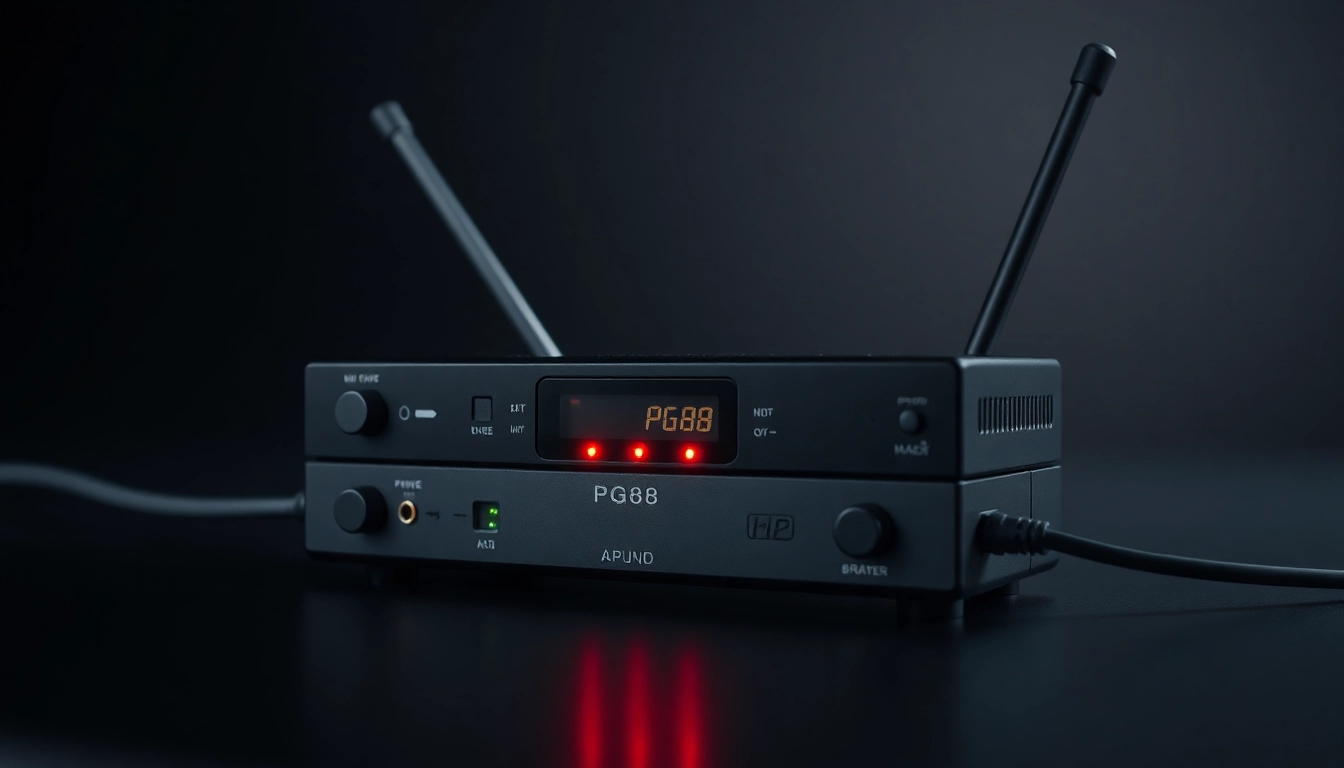Understanding Bitcoin Mining and Hardware Basics
As the digital economy continues to evolve, bitcoin mining remains at the forefront of blockchain technology and cryptocurrency innovation. For those new to the space or considering diving into mining, understanding what a bitcoin miner is, how it operates, and which hardware options are most efficient is essential. Bitcoin mining involves validating transactions and adding them to the blockchain ledger through complex computational processes. Miners are nodes in the network that solve cryptographic puzzles, a process known as proof of work, ensuring network security and decentralization.
Hardware plays a critical role in determining mining efficiency, profitability, and sustainability. The key components of effective mining hardware include hash rate, power consumption, energy efficiency, hardware durability, and scalability. Modern miners are designed with specialization, such as Application-Specific Integrated Circuits (ASICs), which significantly outperform general-purpose hardware like GPUs in terms of speed and energy efficiency.
What is a Bitcoin miner and how does it work?
A bitcoin miner is a specialized computer system that performs the computational work required to verify Bitcoin transactions and add new blocks to the blockchain. Miners compete to solve complex mathematical puzzles—specifically, finding a nonce that produces a hash below a target threshold. This process, known as hashing, involves repeatedly executing cryptographic algorithms until the correct result is found. Successfully mining a block rewards the miner with newly minted bitcoins and transaction fees associated with the transactions included in that block.
This decentralized process ensures transparency and security without reliance on a central authority. Mining hardware, equipped with high processing power, can perform these calculations faster, increasing the likelihood of winning the block reward. The process is energy-intensive, making hardware efficiency a crucial factor for profitability.
Key components of efficient mining hardware
Efficient bitcoin mining hardware encompasses several technical features:
- Hash Rate: The number of hashes computed per second. Higher hash rates mean more calculations per second, increasing chances of solving cryptographic puzzles.
- Power Consumption: Measured in watts, lower power consumption with higher hash rate leads to better energy efficiency and profitability.
- Energy Efficiency: Expressed as joules per terahash (J/TH), it indicates how much energy is used to perform a set number of hashes. The lower, the better.
- Durability and Build Quality: Mining hardware runs continuously; robust construction reduces downtime and maintains performance over time.
- Cooling Efficiency: Proper thermal management prevents overheating, preserves hardware lifespan, and maintains steady operation.
- Scalability: Ability to expand mining operations with additional hardware seamlessly.
Different types of bitcoin miners: ASICs, GPUs, and more
The landscape of bitcoin mining hardware includes several types, each suited for different needs and scales:
- ASIC Miners: Tailored specifically for Bitcoin’s SHA-256 algorithm, ASICs are the most efficient and powerful mining devices available. Popular models like those from Bitmain or CryptoMinerBros offer high hash rates with optimized energy consumption. They are ideal for professional miners targeting high profitability.
- GPU Miners: Graphics Processing Units (GPUs) are more versatile and used for mining multiple cryptocurrencies. Although less efficient for Bitcoin, they are popular among hobbyists or those mining altcoins which can be later exchanged for Bitcoin.
- CPU Miners: Central Processing Units are generally unsuitable for serious Bitcoin mining due to low hash power but may be used for other compatible cryptocurrencies or experimental setups.
- Hybrid or FPGA Miners: Field Programmable Gate Arrays (FPGAs) strike a balance between ASICs and GPUs, offering customization and efficiency advantages. However, their adoption is less widespread in mainstream Bitcoin mining.
Evaluating the Best Bitcoin Miner Options in the Market
Selecting the right hardware is fundamental to maximizing profitability. The market offers a wide array of options, but discerning the top-performing miners requires a nuanced approach that considers technical performance, value, and reliability.
Performance metrics to consider (hash rate, power consumption)
When evaluating miners, two primary performance metrics are critical:
- Hash Rate: Typically expressed in terahashes per second (TH/s) for Bitcoin miners, it indicates the computing power. For example, high-end models like the Bitmain Antminer S21+ deliver impressive throughput, critical for competitive mining.
- Power Consumption: Measured in watts, lower power usage per TH/s means higher efficiency. For instance, an ASIC miner with a hash rate of 100 TH/s consuming 3,000W has an energy efficiency of 30J/TH, which is better than models that consume more per hash calculation.
Price comparison and cost-effectiveness analysis
Hardware prices can vary significantly based on hardware capability, brand reputation, and market demand. A higher upfront investment in an efficient machine can translate into better long-term profitability. For example, premium ASIC miners like the Bitmain S21 XP+ may come at a higher cost but offer superior hash rates and energy efficiency.
It is essential to conduct a cost-benefit analysis, factoring in hardware price, energy costs, expected lifespan, and maintenance expenses. Hardware that delivers a comparable hash rate at lower power consumption will generally maximize ROI.
Brand reputation and warranty support
Trustworthy brands like Bitmain, MicroBT, and Canaan have established reputations for durability and customer service. Reliable warranty support minimizes downtime and unforeseen costs, which are critical for maintaining profitable mining operations. Before purchasing, review user feedback, warranty terms, and after-sales service records.
Optimizing Your Mining Setup for Maximum Efficiency
Once hardware selection is complete, optimizing the physical and software environment becomes the next focus. Proper setup not only improves performance but also extends hardware lifespan and reduces operational costs.
Proper placement and cooling techniques
Effective cooling is paramount. Miners generate substantial heat, necessitating strategic placement and thermal management. Data centers with dedicated cooling infrastructure, such as industrial-grade air conditioning or immersion cooling, drastically improve hardware longevity. For home setups, optimized airflow, using high-quality fans, and ensuring ambient temperatures remain below 27°C (80°F) can prevent overheating.
Additionally, positioning miners in well-ventilated areas and avoiding direct sunlight can sustain hardware performance.
Software configurations and firmware updates
Mining software settings influence efficiency and stability. Regularly updating firmware ensures miners operate with the latest optimizations and security patches. Proper configuration includes setting optimal frequency, voltage, and fan speeds. Many mining hardware providers offer specialized software and management tools to fine-tune these parameters for maximum hash rate and stability.
Integration with mining pools and remote management
Solo mining is often less profitable due to the high difficulty level; thus, joining mining pools enhances chances of earning consistent rewards. Pools like NiceHash provide platforms for combining computational power and sharing profits proportionally. Remote management software allows real-time monitoring, troubleshooting, and optimization from anywhere, minimizing downtime and maximizing uptime.
Maximizing Profitability with Your Bitcoin Miner
Profitability depends not only on hardware efficiency but also on market dynamics, energy costs, and strategic operation management. Implementing sound financial analysis and staying adaptable to market shifts are key.
Calculating ROI and energy expenses
Return on Investment (ROI) calculations incorporate hardware cost, electricity, maintenance, and expected Bitcoin price movements. For example, if a miner costs $5,000, consumes 3,000W, and produces 100 TH/s, with electricity priced at $0.10 per kWh, daily energy costs are approximately $7.20. By estimating how much Bitcoin is mined daily and its current market price, you can project payback periods. Continuous tracking and adjustments—such as changing pools or optimizing energy usage—improve ROI.
Staying updated with market value changes
Cryptocurrency markets are highly volatile. Bitcoin’s price fluctuations directly impact mining profitability. Using market analytics tools, news feeds, and price alerts helps miners adapt strategies—whether that involves switching to more profitable coins or optimizing hardware settings.
Future-proofing your mining investment
To ensure longevity, consider hardware scalability, firmware updates that improve efficiency, and energy source sustainability. Diversification into various cryptocurrencies and adaptive operational strategies help buffer against market downturns.
For example, integrating renewable energy sources can lower operational costs and support environmental goals, positioning your operation at the forefront of eco-friendly mining practices.
Legal and Environmental Considerations in Bitcoin Mining
As the industry grows, regulatory and environmental concerns take center stage. Responsible mining practices ensure compliance and promote sustainability.
Regulatory compliance and legal guidelines
Mining legality varies across jurisdictions. It is vital to stay informed about local regulations, licensing requirements, and tax obligations. Some regions offer favorable policies, while others impose strict restrictions or bans. Engaging legal experts and industry groups can facilitate compliance, minimize risk, and sometimes even open up partnership opportunities.
Energy sources and eco-friendly practices
Conventional power grids often rely on fossil fuels, contributing to environmental degradation. Transitioning to renewable energy sources like solar, wind, or hydroelectric power not only reduces carbon footprint but also stabilizes energy costs over the long term. Innovative cooling methods, such as immersion cooling, improve energy efficiency and reduce heat waste.
Community and industry sustainability initiatives
Many industry stakeholders participate in movements aimed at increasing transparency, reducing environmental impact, and promoting sustainable growth. Supporting initiatives like carbon offset programs, sustainable hardware manufacturing, and environmental audits increases industry credibility and social license to operate.


